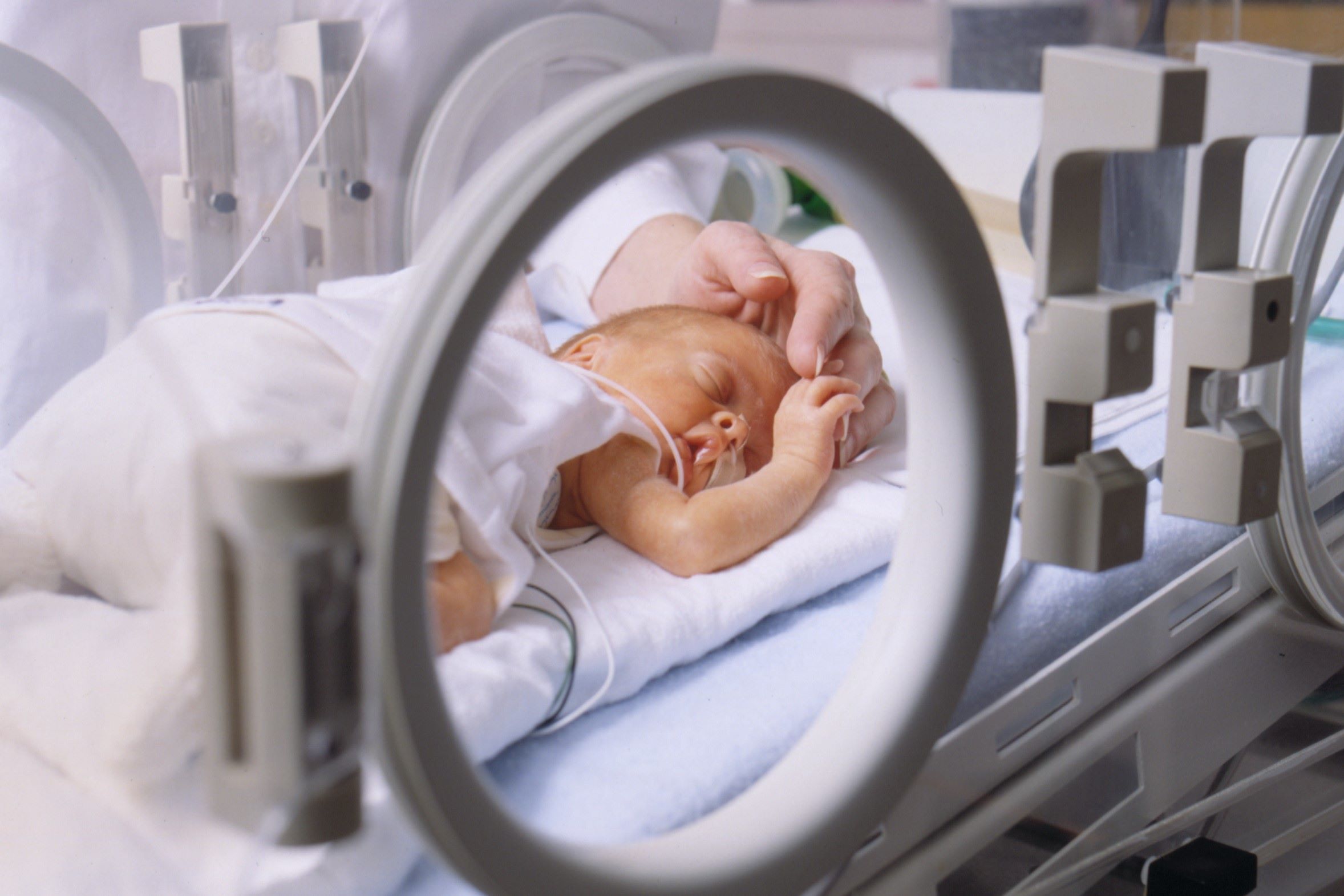
Greig Cephalopolysyndactyly Syndrome (GCPS) is a rare genetic disorder that affects the development of the limbs, head, and face. Caused by mutations in the GLI3 gene, this condition often results in extra fingers or toes (polydactyly), fused fingers or toes (syndactyly), and an unusually shaped head. GCPS can also lead to other health issues, such as developmental delays and seizures. Understanding this syndrome is crucial for early diagnosis and management. In this blog post, we'll explore 20 intriguing facts about GCPS, shedding light on its symptoms, causes, and treatments. Whether you're a student, parent, or just curious, these facts will provide valuable insights into this complex condition.
What is Greig Cephalopolysyndactyly Syndrome?
Greig Cephalopolysyndactyly Syndrome (GCPS) is a rare genetic disorder that affects the development of the limbs, head, and face. This condition is named after Dr. David Greig, who first described it in the early 20th century. Let's dive into some fascinating facts about GCPS.
-
GCPS is caused by mutations in the GLI3 gene. This gene plays a crucial role in the development of various body parts during embryonic growth.
-
The syndrome is inherited in an autosomal dominant pattern. This means only one copy of the altered gene is enough to cause the disorder.
-
Polydactyly is a common feature of GCPS. Individuals often have extra fingers or toes, which can vary in size and functionality.
-
Syndactyly is another characteristic. This involves the fusion of fingers or toes, making them appear webbed.
-
Macrocephaly is frequently observed. People with GCPS often have an abnormally large head, which can be noticeable at birth or develop over time.
Symptoms and Diagnosis
Understanding the symptoms and how GCPS is diagnosed can help in early detection and management. Here are some key points about the symptoms and diagnostic process.
-
Facial abnormalities are common. These can include a broad forehead, widely spaced eyes, and a flat nasal bridge.
-
Developmental delays may occur. Some children with GCPS experience delays in reaching developmental milestones like walking and talking.
-
Seizures can be a symptom. Though not common, some individuals with GCPS may experience seizures.
-
Diagnosis often involves genetic testing. A blood sample can be analyzed to identify mutations in the GLI3 gene.
-
Prenatal diagnosis is possible. Genetic testing can be done during pregnancy if there's a family history of GCPS.
Treatment and Management
While there's no cure for GCPS, various treatments can help manage the symptoms and improve quality of life. Let's explore some treatment options.
-
Surgical intervention may be necessary. Surgery can correct polydactyly and syndactyly, improving hand and foot function.
-
Physical therapy is beneficial. It helps improve mobility and strength, especially in children with developmental delays.
-
Occupational therapy can aid daily living. This therapy focuses on improving skills needed for daily activities, such as dressing and eating.
-
Regular monitoring is essential. Frequent check-ups with a healthcare provider can help manage and monitor symptoms.
-
Seizure management may involve medication. Anti-seizure drugs can help control seizures in affected individuals.
Living with GCPS
Living with GCPS can be challenging, but with the right support and resources, individuals can lead fulfilling lives. Here are some aspects of living with this condition.
-
Support groups can be invaluable. Connecting with others who have GCPS can provide emotional support and practical advice.
-
Educational support is often needed. Children with developmental delays may benefit from special education services.
-
Genetic counseling is recommended. Families can receive guidance on the risks of passing GCPS to future generations.
-
Awareness and advocacy are crucial. Raising awareness about GCPS can help improve understanding and support for those affected.
-
Research is ongoing. Scientists continue to study GCPS to find better treatments and potentially a cure in the future.
Understanding Greig Cephalopolysyndactyly Syndrome
Greig Cephalopolysyndactyly Syndrome (GCPS) is a rare genetic disorder that affects the development of the limbs, head, and face. Knowing the facts about GCPS can help families and medical professionals better support those affected. Early diagnosis and intervention can improve quality of life. Genetic counseling is crucial for families with a history of GCPS. Research continues to advance, offering hope for better treatments and understanding. Awareness and education about GCPS can lead to more inclusive communities. By sharing knowledge, we can make a difference in the lives of those living with this condition. Remember, every bit of information helps in creating a supportive environment. Stay informed, stay compassionate, and let's work together to support those with GCPS.
Was this page helpful?
Our commitment to delivering trustworthy and engaging content is at the heart of what we do. Each fact on our site is contributed by real users like you, bringing a wealth of diverse insights and information. To ensure the highest standards of accuracy and reliability, our dedicated editors meticulously review each submission. This process guarantees that the facts we share are not only fascinating but also credible. Trust in our commitment to quality and authenticity as you explore and learn with us.


